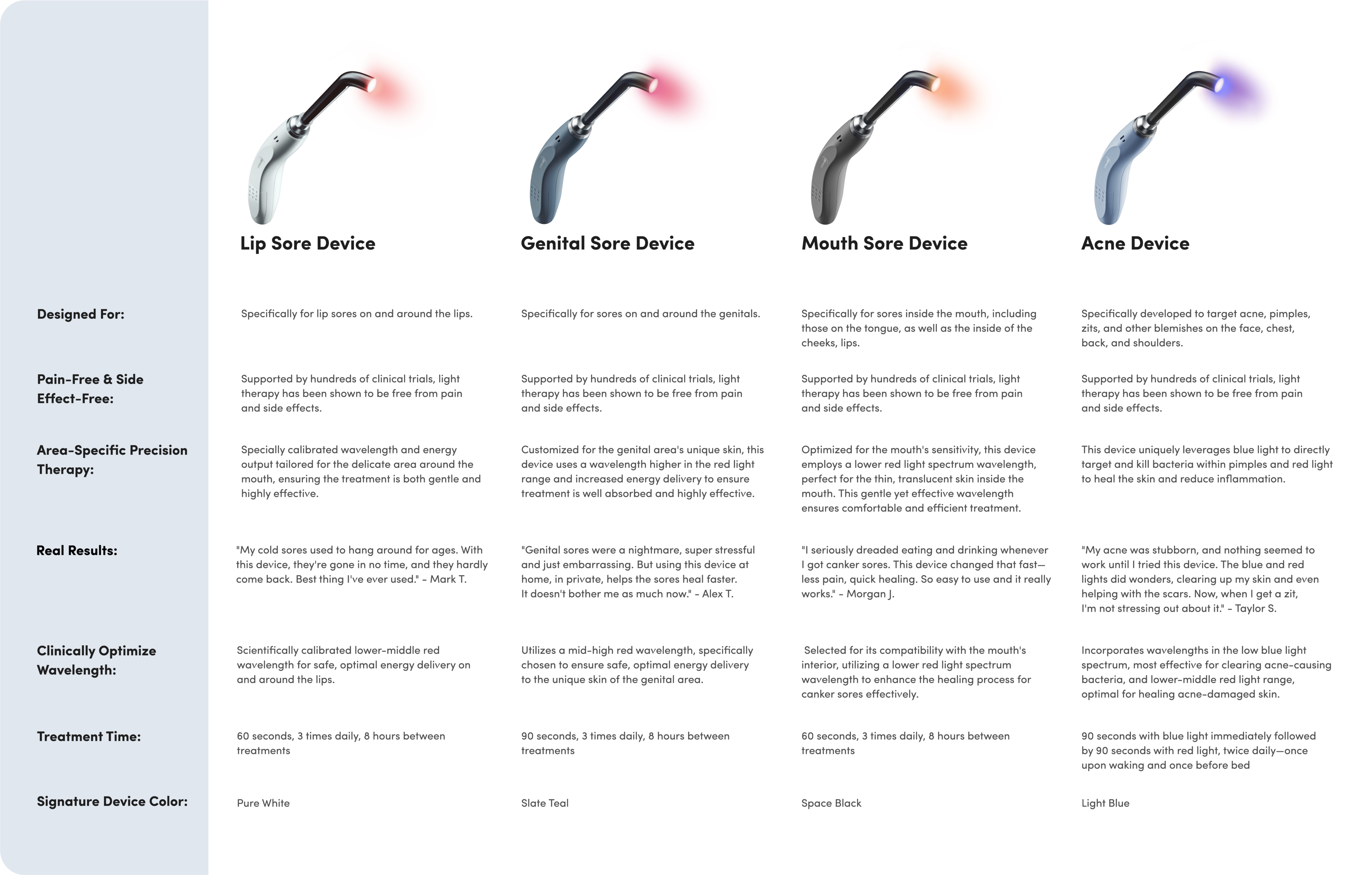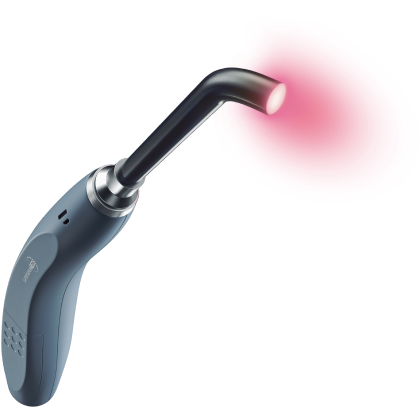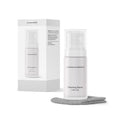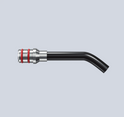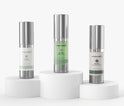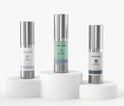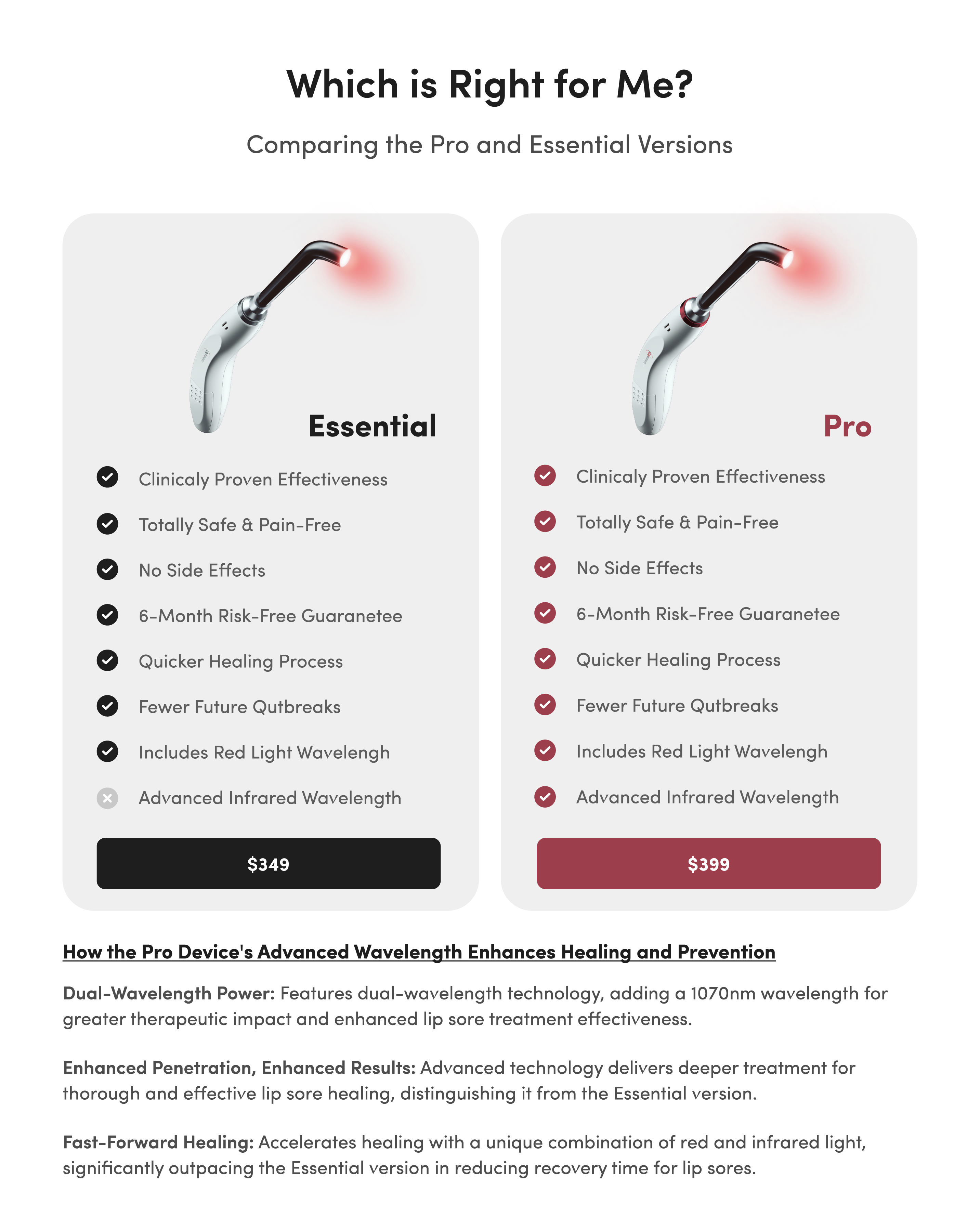Herpes Gladiatorum Symptoms, Causes, and Treatments

There’s nothing worse than watching a red, itchy, uncomfortable rash develop on your body, especially if you have no idea how it got there.
It could be an allergic reaction or pre-existing skin condition. Or it could be herpes gladiatorum. This contagious infection comes from infection with the herpes simplex virus, so it’s important to understand the symptoms, causes and treatments available.
What Is Herpes?
Herpes is caused by a family of more than 100 known viruses, but only a handful can infect humans. The two most common herpes viruses are oral herpes and genital herpes.
Oral Herpes
The herpes simplex virus type 1 (HSV-1) spreads through direct contact with skin or bodily fluids such as saliva. After HSV-1 enters the body, it spreads easily to trigger cold sores around the lips and mouth. The virus is highly contagious, especially when oozing blisters are present. An estimated two-thirds of people under age 50 worldwide have this strain of the herpes virus.
HSV-1 remains dormant in the nerve cells of your skin after an initial outbreak. It may lie inactive for weeks, months or even years, though it is still contagious in this stage. It’s hard to predict exactly when and how another outbreak will be triggered in the future.
Cold sores caused by herpes pass through five distinct phases: tingling, blistering, weeping, crusting and healing.
Genital Herpes
The herpes simplex virus type 2 (HSV-2), most commonly known as genital herpes, is a sexually transmitted infection without a known cure. According to the WHO, 417 million people worldwide aged 15-49 have an HSV-2 infection.
The most common sign of genital herpes is the development of itchy, painful blisters around the genital area. Other symptoms can accompany these blisters in a person’s initial outbreak:
- Difficult or painful urination
- Swollen glands in the pelvic area
- Fever and chills
- Fatigue
- Headache
- A tingly sensation in the affected areas
Most people experience their first outbreak two to 12 days after initial exposure to the virus. After the blisters break, they can take up to four weeks to heal.
What Is a “Herpes Rash”?
Each form of herpes causes its own unique signs and symptoms. Though some people refer to their cold sores or genital herpes ulcers as rashes, they aren’t true rashes.
Herpes gladiatorum, on the other hand, is a herpes rash that develops on the skin.
Also known as “herpes rugbiorum” or “mat herpes,” a herpes rash is a highly contagious and common skin infection caused by HSV-1. It’s often transmitted through skin-to-skin contact, particularly in contact sports.
Herpes gladiatorum was nicknamed “mat herpes” after dozens of high school wrestlers acquired the virus at a wrestling camp in 1989. At least 60 of the 175 wrestlers developed herpes lesions on their extremities, trunk or head.
Since herpes gladiatorum is a type of herpes infection, no cure currently exists. The herpes virus goes dormant in the nerve cells until a trigger re-activates it and causes an outbreak.

How To Identify Herpes Gladiatorum
It’s important to distinguish herpes gladiatorum from other common skin rashes. Jock itch, ingrown hairs and other conditions are sometimes confused with herpes rash, but the differences are clear once you take a look at the signs and symptoms of herpes gladiatorum.
Signs and Symptoms of Herpes Gladiatorum
Once herpes gladiatorum infects your skin cells and begins replicating within the skin membrane, the following symptoms can develop:
- Clusters of fluid-filled blisters
- Blisters along the neck, chest, face, stomach and legs
- Swollen lymph nodes
- Sore throat
- Fever
- Headache
These symptoms can last two to three weeks before subsiding. The initial outbreak is often more intense and pronounced than future outbreaks.
Herpes Gladiatorum vs Jock Itch
Jock itch, officially known as tinea cruris, is a fungal infection that develops around the genitals, buttocks and thighs. It’s extremely uncomfortable, but not threatening to your overall health or related to the herpes virus.
Most jock itch infections are unpleasant, but mild and easy to treat. Symptoms include:
- Red rashes
- Chronic itching and burning
- Flaking or peeling skin
Despite its name, jock itch doesn’t only affect athletes. Adults and adolescents who live in moist, humid environments, who sweat excessively, or who wear sweat-soaked clothes for lengthy periods are more vulnerable to jock itch infection.
Herpes Gladiatorum vs Ingrown Hairs
Ingrown hairs aren’t dangerous, but they can cause discomfort while they last. An ingrown hair develops when a strand of hair grows underneath the skin instead of growing up through the skin.
The body treats ingrown hairs like intruders and launches an attack on the rogue hairs under your skin. This inflammatory response can cause a number of unpleasant symptoms:
- Single, pimple-like blister or small cluster of red blisters
- Itchiness and soreness
- Swelling and tenderness
Unlike genital herpes, ingrown hairs do not cause any flu-like symptoms. If anything, you’ll only experience itching and discomfort as a strand of hair attempts to grow where it’s not welcome.
Treating Your Herpes Gladiatorum
A herpes gladiatorum rash should be treated similarly to a standard HSV-1 or HSV-2 infection.
Antiviral drug treatments are widely utilized to speed up the healing process for infections caused by the herpes virus. Common options include medications that target the virus directly.
One such antiviral medication is effective in treating a variety of herpes-related conditions, including herpes zoster oticus. This medication is best started at the first signs of an outbreak to maximize effectiveness. It works by inhibiting the growth and spread of the virus during an outbreak, though it does not completely eliminate the virus from the body.
Another antiviral option works by interfering with the virus's DNA replication, offering prolonged action compared to other treatments. This allows for less frequent dosing while maintaining effective control over the symptoms and progression of the infection. Both medications are integral in managing outbreaks and reducing their impact on daily life.
Antiviral medication isn’t the only way to alleviate herpes rash symptoms and speed up the healing process. Research shows that high-powered light treatment can reduce pain and help manage herpes outbreaks effectively.
Light therapy with a device like the Luminance RED nourishes the skin with red light. The light is metabolized to accelerate the body’s healing process and strengthen its defenses against future attacks. Regular use of this treatment not only shortens the healing time of active outbreaks, but can also prevent future outbreaks altogether!







